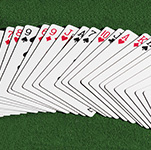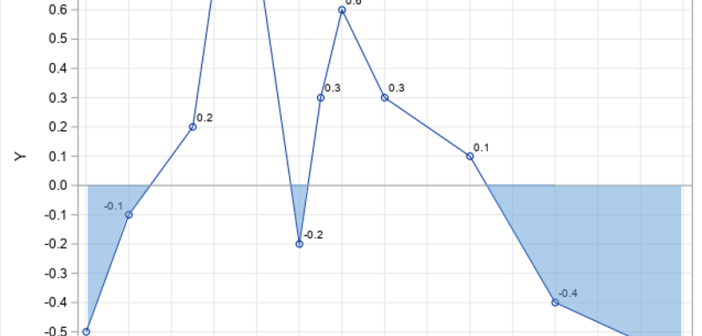
Last year, I wrote almost 90 articles for The DO Loop blog. My most popular articles were about SAS programming, data visualization, statistics and data analysis, and matrix computations. If you missed these articles when I published them—or if you want to read them again!— here is the "Reader's Choice











